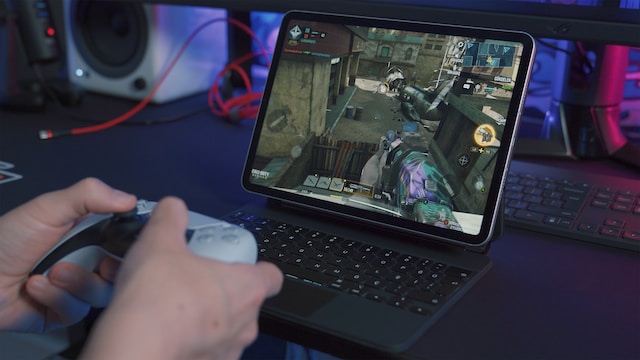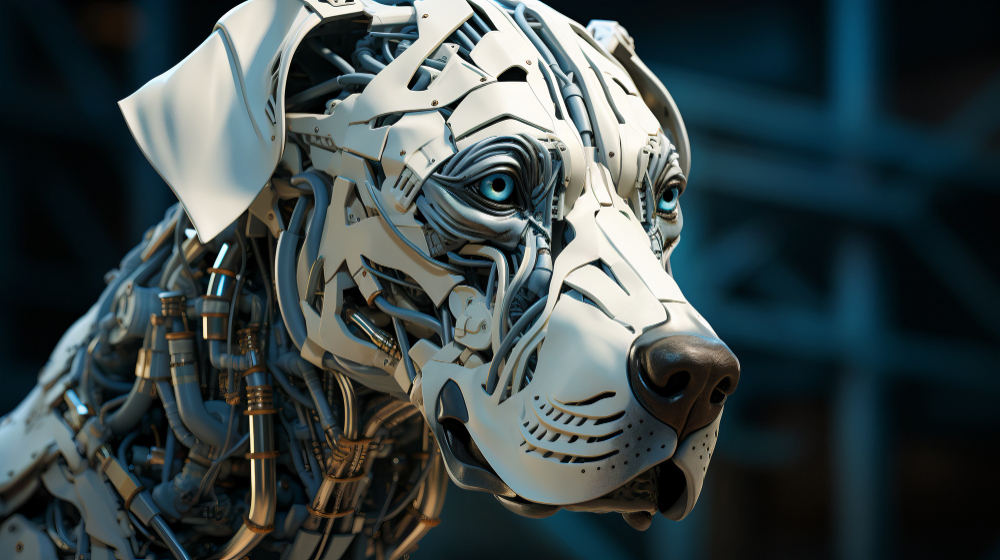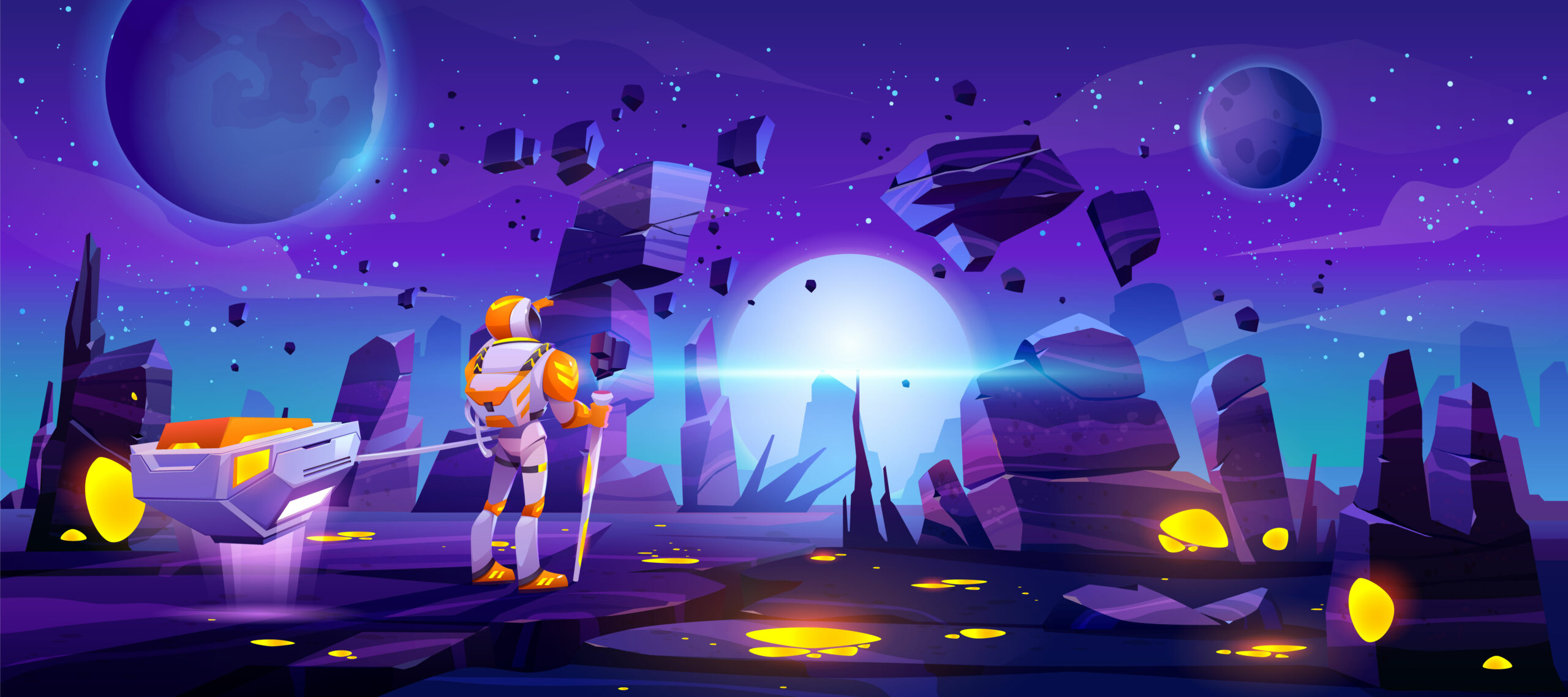Game design is a multi-aspect field that combines creativity, technology, and user experience to create immersive and entertaining gaming experiences. One of the critical decisions that game developers face is how to balance 2D and 3D elements in their games. In this comprehensive guide, we will discuss about the world of game design, explore the importance of this balance, and discuss the role of 3D models and models in enhancing user experiences.
Basics of Game Design and Game Development
Game design is the skill of creating interactive experiences that captivate players and immerse them in virtual worlds. It is about creating rules, mechanics, and narratives that combines to deliver engaging gaming adventures. Game designers are the masterminds behind this magic, shaping every aspect of the player’s journey.
Balancing 2D and 3D elements in game development is a critical aspect of the creative process. The choice between 2D and 3D can have a profound impact on how players perceive and interact with a game. Striking the right balance ensures that the game caters to a broader audience and offers diverse gameplay experiences.
3D assets and models bring games to life, making characters, environments, and objects look and feel as though they exist in the real world. The significance of 3D assets lies in their ability to elevate the user experience by adding depth, detail, and interactivity, ensuring players are thoroughly engrossed in the game world.
Understanding 2D and 3D Elements in Game Design
2D games typically take place in a flat, side-scrolling, or top-down environment. What makes a game “2D” is its use of sprites and backdrops that lack the depth and realism of 3D environments. The gameplay is often constrained to the x and y axes, offering a classic and nostalgic visual style.
3D games, in contrast, plunge players where gameplay occurs in a fully realized 3D world. They utilize advanced graphics technology to create depth and realism. Players can explore a richly detailed and immersive environment where objects and characters move and interact in a 3D space.
i. Differences between 2D and 3D game design
Graphics, Gameplay, and User Immersion:
The obvious difference between 2D and 3D games is the graphics. 3D games offer a more immersive experience with realistic environments, lighting, and complex character models. In 2D games, the simplicity of graphics often evokes a sense of nostalgia.
Depth and Perspective:
The lack of a z-axis in 2D games limits the depth and perspective of the game world. The use of the z-axis in 3D games allows for changing camera angles, giving players a stronger sense of depth and immersion. This depth is very useful for exploration and puzzle solving in 3D situations.
Interactivity and Environmental Detail:
3D games allow for higher level of interactivity and environmental detail. Players can interact with a broad variety of objects and components in the game world, making the experience more dynamic and exciting. Interactivity in 2D games is frequently constrained to the restrictions of the 2D plane, resulting in a more straightforward and concentrated gameplay experience.
Advantages and Limitations of Each Approach:
2D games are popular due to their simplicity and ease of development, making them ideal for specific genres. However, when it comes to developing complicated, open-world landscapes, they have limitations. 3D games, on the other hand, excel at offering immersive, vast experiences but can be more expensive to develop.

The Role of 3D Assets and Models in Game Design
Realism and Immersion in 3D Games:
3D assets allow game developers to create highly realistic environments, characters, and objects. This realism immerses players in the game’s world, making them feel like an integral part of the narrative.
Versatility in Character and Environment Design:
The versatility of 3D models means that developers can create complex characters and environments with ease. This allows for more dynamic and engaging gameplay scenarios.
Dynamic Environmental Interactivity:
3D assets empower game developers to craft environments with dynamic interactivity. Players can manipulate objects, deform terrain, or witness the impact of their actions on the game world. This level of interaction adds layers of complexity and engagement to the player’s experience, making the game world feel truly alive.
Adaptive Storytelling:
3D assets and 3D models offer game developers the tools to create adaptive storytelling. Characters can express emotions, react to the player’s choices, and change as the game progresses. The versatility of 3D models allows for rich character development, contributing to a more immersive narrative and a personalized player journey.
How 3D assets and 3D models enhance the overall user experience
Interaction, Aesthetics, and Engagement:
3D assets and 3D models significantly enhance player interaction. Whether it’s the subtlety of a character’s expressions, the intricacy of environmental elements, or the fluidity of movements, 3D assets add layers of interactivity and aesthetics that make the user experience more engaging. Players are drawn into a visually rich environment where every action and detail matters.
Examples of Successful Games Numerous successful games have demonstrated the power of prioritizing 3D assets. Games like “The Witcher 3: Wild Hunt” and “The Elder Scrolls V: Skyrim” showcase how 3D models and assets can create expansive open worlds, lifelike character interactions, and breathtaking aesthetics that contribute to their critical acclaim and fan following.
Balancing 2D and 3D Elements
Explain why it’s crucial to strike a balance between 2D and 3D elements
Balancing 2D and 3D elements allows game creators to create experiences that are both visually and cognitively rich. By striking this balance, developers can cater to players with diverse tastes, from those who appreciate the simplicity and nostalgia of 2D graphics to others who desire the immersion and realism that 3D worlds bring. This variety in design not only broadens the possible player population, but it also encourages originality in game production.
Where 2D elements are more preferred
Nostalgic Appeal and Retro Gaming:
2D elements often hold a special place in the hearts of gamers who grew up with classics like Super Mario and Sonic the Hedgehog. Incorporating 2D elements can tap into this nostalgia and attract a dedicated fan base.
Simplified Gameplay Mechanics:
For games with straightforward gameplay mechanics and controls, 2D graphics can be an excellent choice. They keep the focus on gameplay and make it accessible to a wider audience.
Where 3D elements are advantageous
Immersive Open-World Environments:
When game designers aim to create vast open-world environments with seamless exploration, 3D elements are indispensable. They provide depth and realism, elevating the player’s sense of being part of the game world.
Complex Character Animations and Interactions:
Games with intricate character animations, interactions, and story-driven narratives, such as role-playing games (RPGs) and action-adventure titles, benefit from the capabilities of 3D assets. These assets allow for lifelike character expressions, realistic movements, and dynamic interactions that deepen the gaming experience.
Environmental Exploration and Discovery:
3D assets are invaluable in games that promote exploration and discovery of detailed settings. Players can travel intricate landscapes, discover hidden treasures, and appreciate the game world’s subtle nuances. 3D aspects enhance the sense of wonder and discovery, whether in a large fantasy kingdom or a post-apocalyptic wasteland.

Tips for Game Developers
Tips to follow when choosing between 2D and 3D elements
Identifying the Target Audience and Game Genre:
One of the important factors when picking between 2D and 3D elements is determining your target demographic and game genre. Different game genres and player demographics may have different preferences. Understanding your audience’s expectations and the desired experience of your game can help you make the best decision.
Utilizing the Strengths of Both Approaches:
Instead of seeing 2D and 3D as mutually exclusive alternatives, consider combining them in a single game. Hybrid techniques, which combine the simplicity and beauty of 2D graphics with the immersive possibilities of 3D features, can give unique gameplay experiences. This fusion can distinguish your game and provide players with something they haven’t seen before.
Best practices for integrating 3D assets and models into 2D games
Consistency:
Ensure that 3D elements seamlessly blend with the 2D environment to maintain the game’s visual coherence. Consistency in art style, shading, and proportions is key to prevent jarring transitions.
Performance Optimization:
Pay attention to performance optimization when incorporating 3D assets. 3D models can be resource-intensive, so prioritize smooth gameplay and responsive controls. Test your game on various hardware configurations to ensure it runs smoothly.
Testing and Feedback:
Continuously test your game with players and gather feedback on the integration of 3D assets. Player feedback is invaluable for fine-tuning the balance between 2D and 3D elements and making improvements based on real user experiences.
Layering and Depth:
When incorporating 3D elements into a 2D environment, consider implementing layering and depth to create a seamless transition. This can involve placing 3D objects at different planes within the 2D space, providing a sense of depth and visual cohesion.
Art Direction Consistency:
Maintain consistency not only in the technical aspects but also in the art direction of 3D assets. Ensure that the style, color palette, and overall visual identity of 3D models align with the 2D graphics of the game. This cohesion is vital to avoid a disjointed visual experience that could disrupt player immersion.

Insights into game level design and platformer game development
Balanced Challenges:
Make stages that gradually rise in difficulty to keep gamers interested. Introduce new mechanics and challenges gradually to ensure a progressive yet gratifying learning curve. Balance is essential in order to keep players from becoming frustrated or bored.
Fluid Motion:
Precise character movement is vital in platformer games. Create levels with graceful jumps, slides, and interactive components. These movements should be tested and refined to ensure that they are responsive and pleasurable for players.
Gameplay as Storytelling:
Use level design to convey the story, objectives, and character development of the game. Integrate story elements into the stages so that players feel linked to the game environment and its characters as they progress.
Exploration and Secrets:
Exploration is frequently rewarded in platformer games. Include hidden passageways, collectibles, and secret spots to entice players to explore the levels thoroughly. This increases replay value and keeps players interested.
The Future of Game Design
Game design is an ever-changing area, and it’s critical for creators to stay up to date on new developments. Virtual reality, augmented reality, and new narrative approaches are among them. To remain competitive in the business, game creators should keep an eye on these trends.
The importance of 3D models and assets in game design is anticipated to expand as technology advances. These components will let developers to build more realistic and immersive experiences, pushing the limits of what is possible in gaming.
With platforms like 3daily, the game industry is ready for a revolution. Beginning in 2024, 3daily will offer a full solution for 3D modeling services, giving game creators access to a diverse selection of assets and models. This innovation is expected to empower developers and raise the industry’s game quality.
Conclusion
Striking the perfect balance between 2D and 3D features in game design is a difficult but rewarding undertaking. Both approaches have advantages, and combining them well can result in amazing gaming experiences. We encourage game makers to investigate the potential of 3D assets and models, and we’re delighted to launch 3daily as a great resource for 3D modeling services in 2024. This platform is poised to revolutionize how developers access and use 3D assets, opening up new options and guaranteeing that the future of game design remains bright and original. Don’t pass up the opportunities that await you in the gaming industry!



